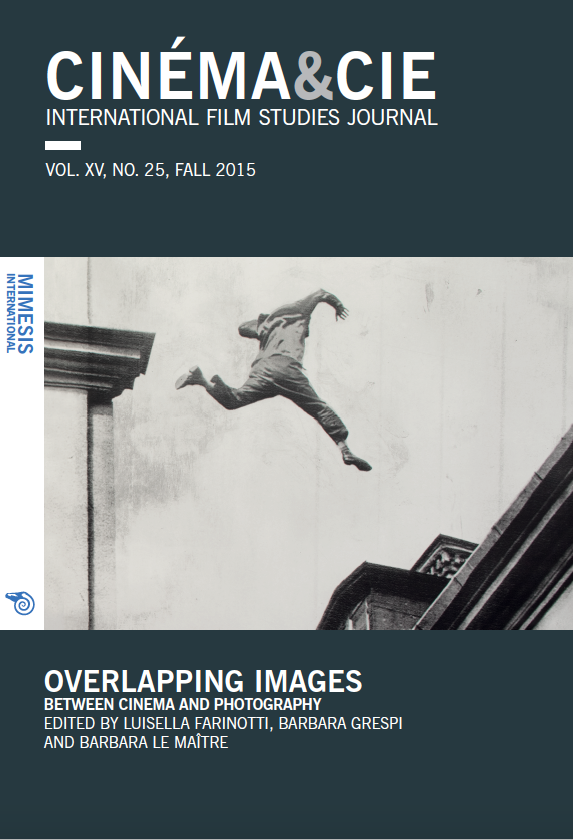From Stillness (in)to Motion through Astronomical Images: The Cases of Jules Janssen’s Photographic Revolver and Josep Comas i Solà’s Spectrographic Cinematography
Abstract
Through the analysis of two case studies — namely, images of Venus’ transit across the Sun, captured in 1874 by Pierre J.C. Janssen’s photographic revolver, and the advent of spectro-cinematography performed for the first time by Josep Comas i Solà during the solar eclipse of 1912 — the present article seeks to claim and substantiate the strict correlation between photography and cinematic device, recalling what Jean Epstein has defined as ‘the lens philosophy’. In fact, both the photographic and cinematic apparatuses, along with the microscope and the telescope, not only surpass the physiological flaws of the human eye, allowing us to see the un-observable, but moreover contribute to the elaboration and development of new philosophical-scientific systems about the Universe, via their images of celestial bodies. I demonstrate therefore how both of the cases under analysis delimit a specific phase of the history of astronomical images. Changes in the latter relate to the production technique and its underlying representation models, thus corroborating the role played by the astronomical image in the permanent dissolution, attenuation, and redefinition of the frontier between photography and film, instantaneity and duration, and the discrete and the continuous.






